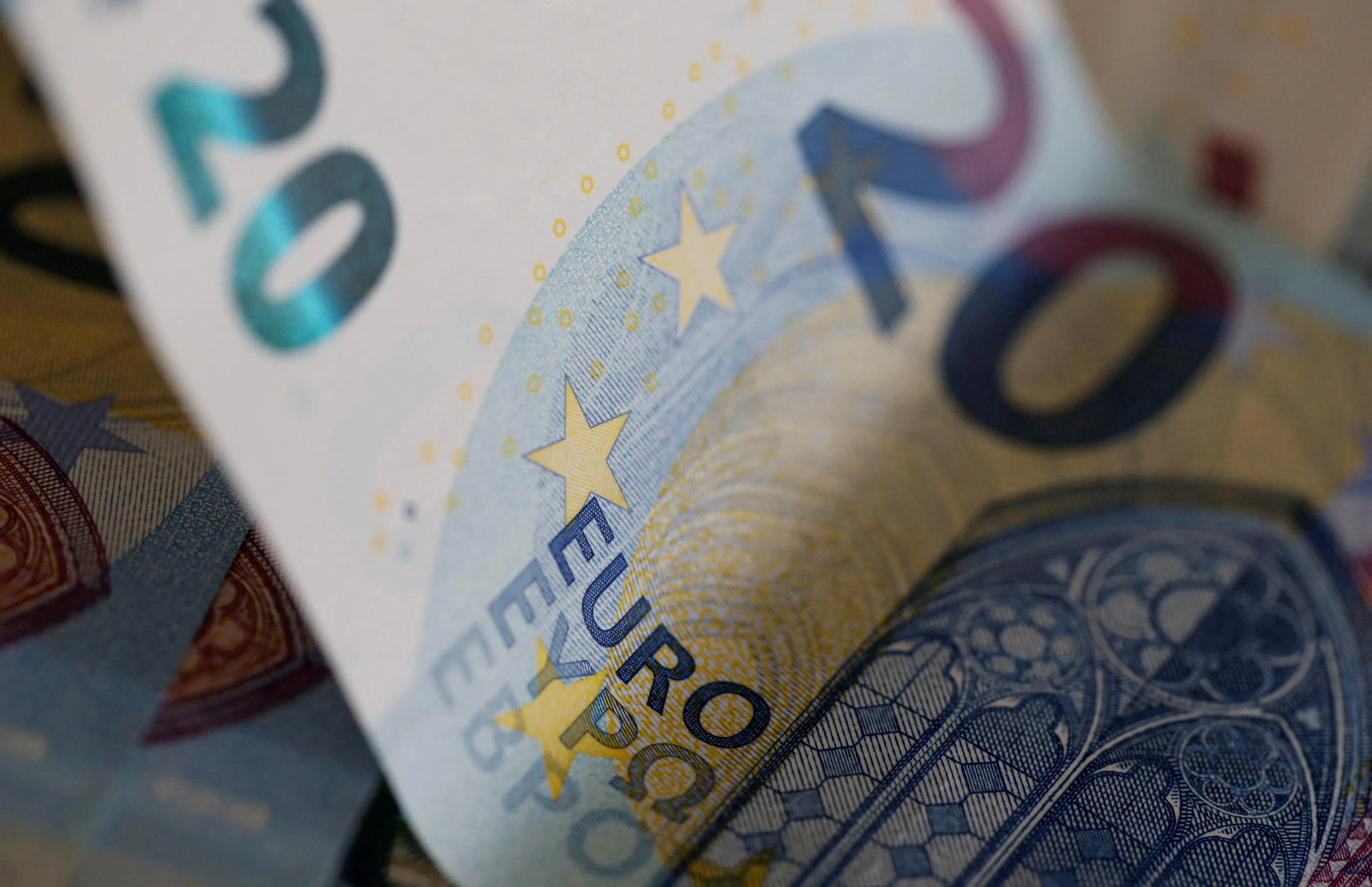THE euro dropped to a one-month low on Tuesday (Jun 11), with political concerns weighing as investors shifted focus to US inflation data and Federal Reserve interest rate forecasts.
The single currency had lost ground on Monday, pressured by investor fears that gains by eurosceptics in European elections and the calling of a snap French election could complicate European Union attempts to deepen integration.
The US dollar, meanwhile, was supported by higher Treasury yields on the back of robust US jobs data last Friday.
Also on the radar is Bank of Japan’s policy meeting on Friday. While investors expect a reduction in the central bank’s monthly government bond purchases, gaping yield differentials with the US have kept the yen on the defensive.
“This week the US inflation data and the Fed dot plot (interest rate projections) will be in the driver’s seat of the forex market,” said Athanasios Vamvakidis, global head of forex strategy at BofA.
“French elections are extremely important, but we have to see how they will play out; and no matter what the polls say, we will have to wait for the second round.”
GET BT IN YOUR INBOX DAILY
Start and end each day with the latest news stories and analyses delivered straight to your inbox.
The euro hit a one-month low at US$1.0725 and was last down 0.3 per cent at US$1.0731.
The dollar index, which measures the US currency against the euro, sterling, yen and three other rivals, was up 0.2 per cent at 105.39 for its highest since May 14.
“Worries about the prospect of gains for the populist-right in Europe have usually been associated with euro-dollar weakness, as in 2017,” said Macquarie global forex and rates strategist Thierry Wizman.
“We expect some of the same pressure now, too. It’s one reason why we stick to our view that euro-dollar gets to 1.05 and lingers there.”
The far-right National Rally was forecast on Monday to win a snap election in France but fall short of an absolute majority in the first opinion poll published after Macron’s shock decision to dissolve parliament.
MUFG’s Derek Halpenny expects a testing of the bottom of the euro-dollar trading range between 1.0500 and 1.1000 in the run up to the first round of French elections “as market participants move to increase the political risk premium priced into the European Union by 2 to 3 per cent”.
Sterling hit a 22-month high against the euro and was little changed against the dollar.
Economists polled by Reuters expect headline US consumer price inflation to ease to 0.1 per cent from 0.3 per cent last month and core price pressures to remain steady at 0.3 per cent.
The Fed is forecast to maintain status quo at the conclusion of its two-day policy meeting Wednesday, but officials will update their economic and interest rate projections.
Should the Fed’s projections reflect only one expected cut for 2024, the market would see this as a hawkish signal from the committee and could prompt another knee-jerk leg higher in the dollar, analysts said.
In this scenario, Fed chief Jerome Powell could downplay the significance of the so-called dot plot, which could limit the dollar upside.
BofA expects Powell to argue that the US central bank can exercise patience in determining when to adjust its policy rate.
Markets are pricing in 37 basis points of cuts by December, which implies about a 50 per cent chance of a second cut this year.
The dollar firmed by 0.05 per cent to stand at 157.12 yen after touching its highest since June three at 157.43.
Investors expect a one trillion yen (S$8.6 billion) drop in the BOJ’s bond purchases to about five trillion yen per month.
“If the US data remained strong, even an intervention could not stop the dollar/yen from strengthening further; it would just provide temporary relief to the Japanese currency,” BofA’s Vamvakidis said.
The currency’s plunge to a 34-year low of 160.245 per dollar at the end of April sparked several rounds of official Japanese intervention to the tune of 9.79 trillion yen. REUTERS






